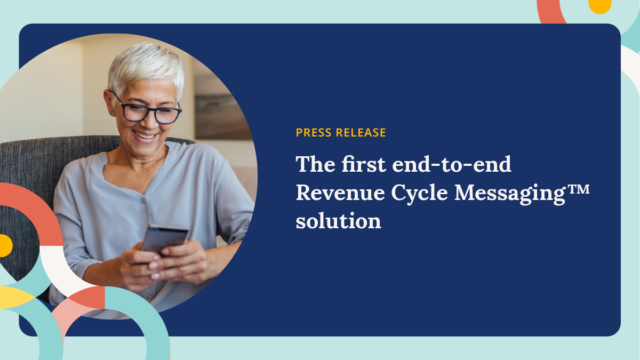The Evolution of Appointment Scheduling in Healthcare
It’s funny, how with all the modern technology we have available to us, sometimes we still cling to outdated, essentially obsolete devices and tools that belong in a glistening museum display case rather than healthcare organizations.
Take, for example, the ubiquitous but antiquated fax machine. It’s outdated, 1970s-era technology known for its security and privacy glitches when patients’ medical records and data are accidentally sent to the wrong phone number. The fax machine also causes long delays in healthcare providers’ sharing of information and leads to countless medical information transcription errors. Basically, it’s a liability-filled HIPAA nightmare just waiting to happen.
Yet despite the availability of newer, more efficient, less costly, and infinitely more secure data-sharing technologies, an estimated 90% of healthcare providers stubbornly refuse to walk away from their fax machines.
In 2018, the Centers of Medicare and Medicaid Services called for an end to fax machine use in healthcare organizations by 2020. The U.K.’s National Health Service has also advocated for a similar ban.
But much like faxes, there’s another unproductive and passé technology that persists among healthcare providers—the use of phone calls to book appointments. In a recent poll, it was revealed that 66% of healthcare leaders still rely on phone calls as their primary method for appointment scheduling.
That’s a bit alarming considering the fact that patients’ communication tastes have drastically changed in recent years, and their preferred way to connect with providers is overwhelming text messaging.
See: Why Some Patients Prefer an Online Scheduling Option
Why Healthcare Must Embrace Scheduling Software
It’s 2023, and people want to avoid the hassle and inconvenience of phone calls and voicemails when there’s the ease, simplicity, and unobtrusiveness of texting back and forth with a provider. Consider how much the needle has moved when it comes to phone calls versus texting for appointment scheduling:
- During COVID-19, the level of patient satisfaction with healthcare communication declined by 7%.
- The desire for phone calls from providers dropped 14%.
- The percentage of patients who want communication automation with providers increased from 81% to 84%.
- 79% of patients want to receive text messages from providers.
- 73% of patients want to be able to send texts to their providers.
- 86% of providers said text messaging improved the patient experience.
- 81% of providers said text messaging improved patient outcomes.
And just like fax machines, falling back on phone calls in this day and age to schedule appointments is inconvenient, time-consuming, ineffective, and inarguably painful for both patients and service providers. For example, the average time it takes to book an appointment by phone call is eight minutes, compared to the seconds it takes to send a text message. Patients don’t want to be stuck on the phone, waiting on hold, and many often never check their voicemail. Staff are already stretched thin with a dizzying array of medical office responsibilities, and getting tied up on the phone for appointment scheduling saps costly and limited resources.
Benefits of Using an Appointment Scheduling Software
Paired together, texting and automation enable a provider to reach a much greater number of patients in a shorter period of time. Unlike phone calls, automated and two-way texting allows you to effectively converse with patients in real time, in what is a smoother, more efficient appointment workflow. This approach increases engagement, decreases no-shows and late cancellations, and leads to a more positive patient experience. The end product of an SMS-first strategy is a customizable scheduling process, higher patient satisfaction, improved outcomes, and increased revenue.
True efficiency, functionality, effectiveness, and savings in scheduling appointments come from innovation. Consider how text messaging can not only save your organization time and money but will also get you and your patients on the same page and speaking the same language. Ditch your phones and try an online scheduling tool—it’s a competitive advantage that will instill patient satisfaction while delivering a winning, results-based digital appointment scheduling strategy.
See: 6 Ways to Improve Patient Scheduling
To learn more about how a text-first approach to patient scheduling can help you reduce no-shows, facilitate reschedules and follow-ups, and increase confirmations, check out our guide “What’s Next With Text?”



